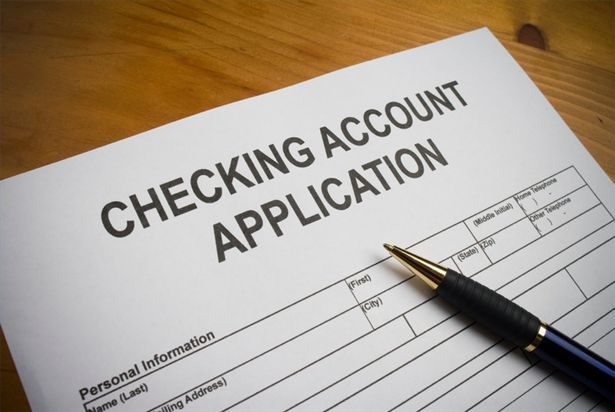If you’ve recently turned into a residential landlord, be prepared to discover that filing your 1040s tax returns just got a lot trickier. Rental income is taxable income and must be reported on a Schedule E (Supplemental Income and Loss). To offset that rental home income, a landlord must carefully track both expenses and the receipts for all costs connected with the property. At tax time, a tax accountant will need these numbers along with the amount of rental income to prepare the Schedule E.

What type of rental home expenses do I need to track?
The IRS Schedule E lists all ordinary rental home deductions and is definitely worth viewing before a visit to the accountant. Knowing ahead of time of what expenses to track will save a lot of aggravation when it’s time to file. (The form can be viewed here. To explain these deductions in layman’s terms, the following guide should help:
Line 5 Advertising refers to all promotional material (cost of the flyers, signs, banners) and paid advertisement in newspapers and rental publications.
Line 6 Auto. The ordinary miles to and from the rental property, plus other mileage connected rental activities, such as trips to the hardware store.
Line 7 Cleaning and Maintenance is the category used for things like yard care, sprinkler blowouts, window washing, paint touchups, maid services, tree trimming, that sort of thing.
Line 8 Commissions.
Line 9 Insurance refers to property insurance.
Line 10 Professional and Legal Fee include costs such as tax advice and prep, legal fees incurred to draft up a rental agreement, etc. Hiring an attorney to evict a person is also deductible, but is recorded elsewhere.
Line 11 Management Fees are those costs paid to the property manager.
Line 12 Mortgage interest is the interest paid on the mortgage secured by the rental.
Line 13 Other interest such as credit card interest when the card has been used for the rental.
Line 14 Repairs are any type of repair made to keep the rental property in good working condition. These include replacing carpeting, painting a room, fixing the looks, replacing the water heater, that sort of thing. Repairs differ from capital improvements (such as a roof repair or residing the exterior) which extend the life of the rental home and must be depreciated.
Line 15 Supplies include cleaning supplies, paint brushes, and other tangible items purchased to maintain the property.
Line 16 Taxes are the rental’s property taxes.

Line 17 Utilities. If you pay the water, sewer, and trash, this is where this information is recorded.
Line 18 Other is any other rental home related cost that won’t fit in the other categories. This might include replacing the microwave, hiring a caretaker while the house sits vacant, or repairing a culvert that is now flooding the yard.
To manage and control all the fees and finances, you may consider outsourced accounting service. This is ideal especially if you have a small business. Accounting is quite confusing especially if you don’t have background on it.
One final note, the Schedule E won’t be the only form your accountant will be filling out. There’ll also be something called a Form 4562 or “Depreciation and Amortization” schedule. To complete this form, your accountant will also need to know the date the home was put into service as a rental, and the market value of the property at the time.
For those of us who have fallen into a landlord situation, organization is critical. By organizing the rental income and rental house expenses now, you’ll be saving yourself a huge headache on April 15.






